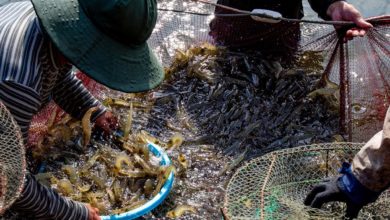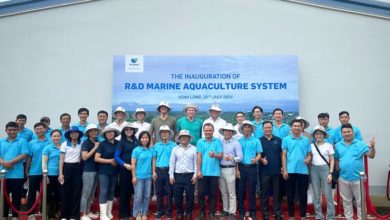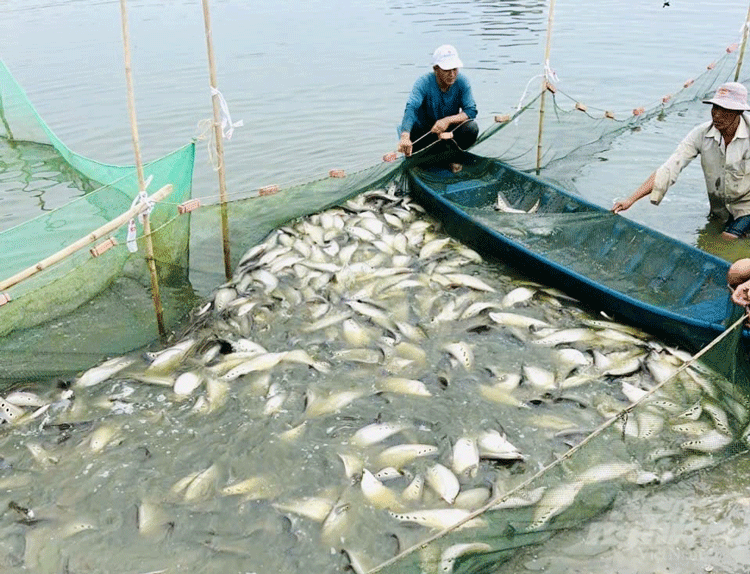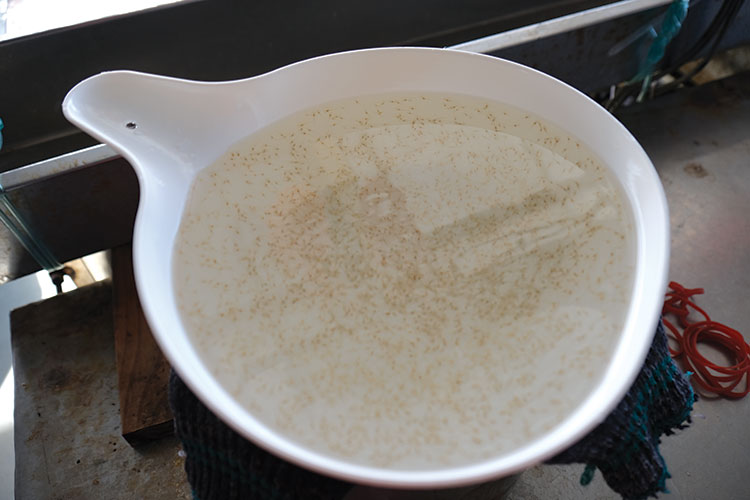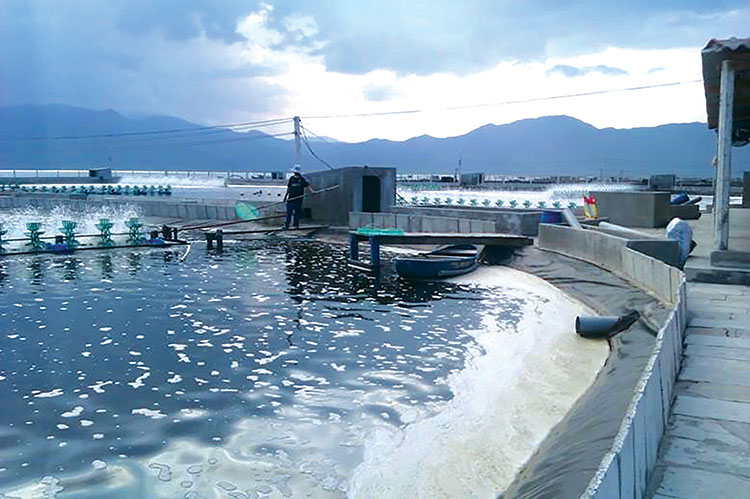Hòa Bình: Commercial frog culture brings in high economic efficiency
Realizing that commercial frog farming is easy, brings high economic efficiency, requires minimal labor, and has a stable market, in 2018, Bùi Văn Nhân in Tân Lạc, Hòa Bình province, converted his 12 square-meter field to build a frog farming facility.
Nhân shared, “I went to Ba Vì – Hanoi to learn how to rear frogs and bought 3,000 breeding frogs and feed with an initial capital of about 20 million VND. After that, I borrowed another 50 million VND to invest into our family’s farmland of nearly 200m2 and stocked up to 10,700 breeding frogs.”.
For qualified breeding stocks, Nhân often chooses parent frogs from the first batches of the year, weighing around 4 – 5 grams. Frogs give birth three times per year on average, with 200 to 300 individuals being delivered. After being raised for over a month and weighing up to 100 count frogs, they can be moved to another pond for commercial culture. Two months later, when the frogs reach the size of 3-5 count frogs, they can be sold.
Nhân said that the reason why he chose to raise frogs in concrete tanks rather than in ponds is to utilize unused land, facilitate hygiene and water treatment, and reduce losses. Such a closed model helps him raise income and makes him self-sufficient with breeding frogs.
After implementing this model for 5 years, Nhân provides the market with about 2 tons of frog each year. Commercial frogs are sold at 55,000 to 60,000 VND/kg, thus he can earn over 50 million VND per crop after costs. He applies a closed model and strictly avoids using antibiotics. If the frogs get sick, only water treatment, vitamin supplementation, and digestive enzymes are used. This is to ensure completely clean frog meat.
In addition to commercial frog farming, Nhân converted 300m2 of farmland to grow pumpkins. The model of commercial frog farming and vegetable cultivation has brought economic benefits and is environmentally friendly.
VFM


